Discover Tinhorn Creek
From the beginning, we’ve had a deep connection with the land.
Over thirty years since our first vintage, our vision remains the same. We continue to do our part to respect our land, our people, and our community – to produce extraordinary wines for generations to come.
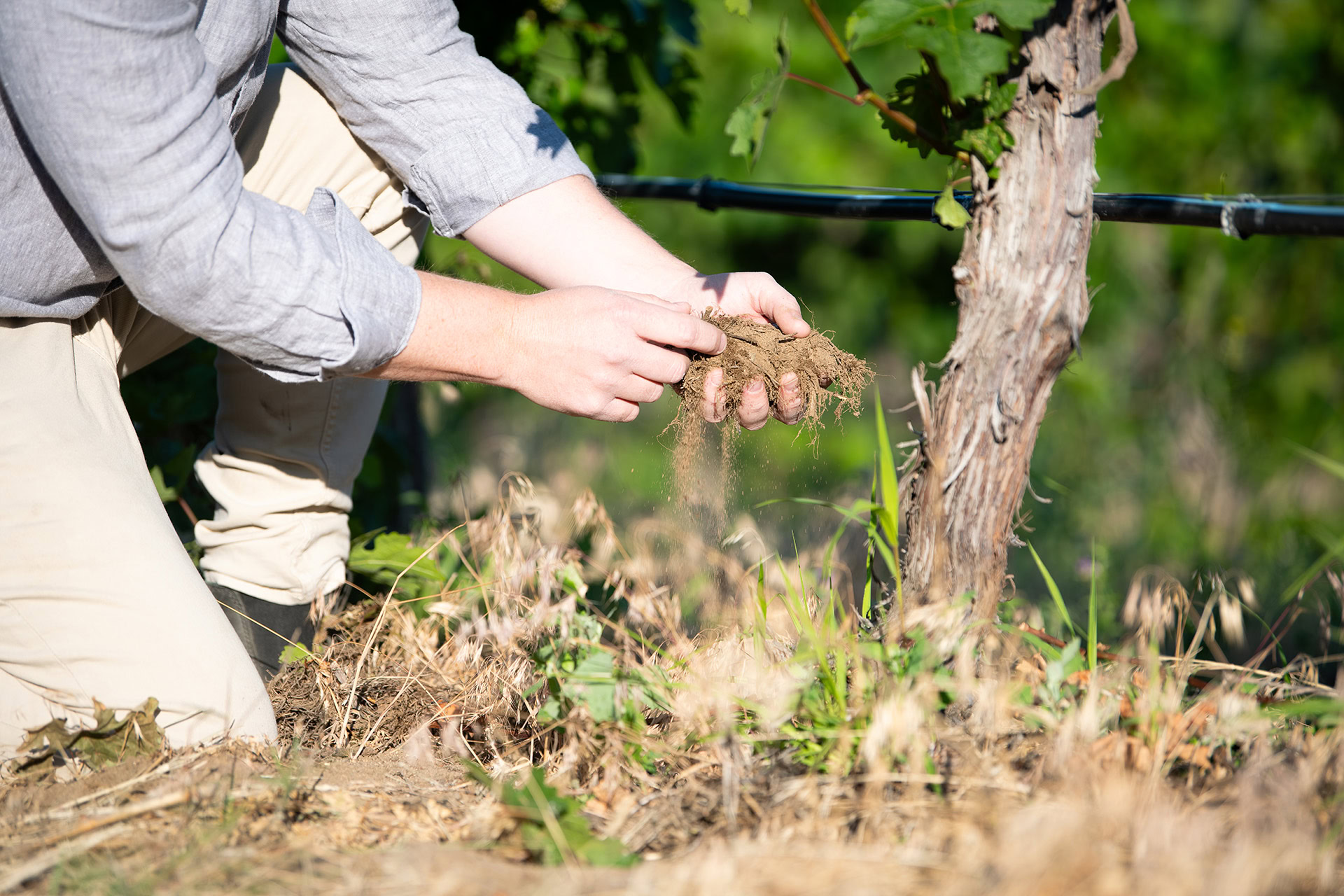
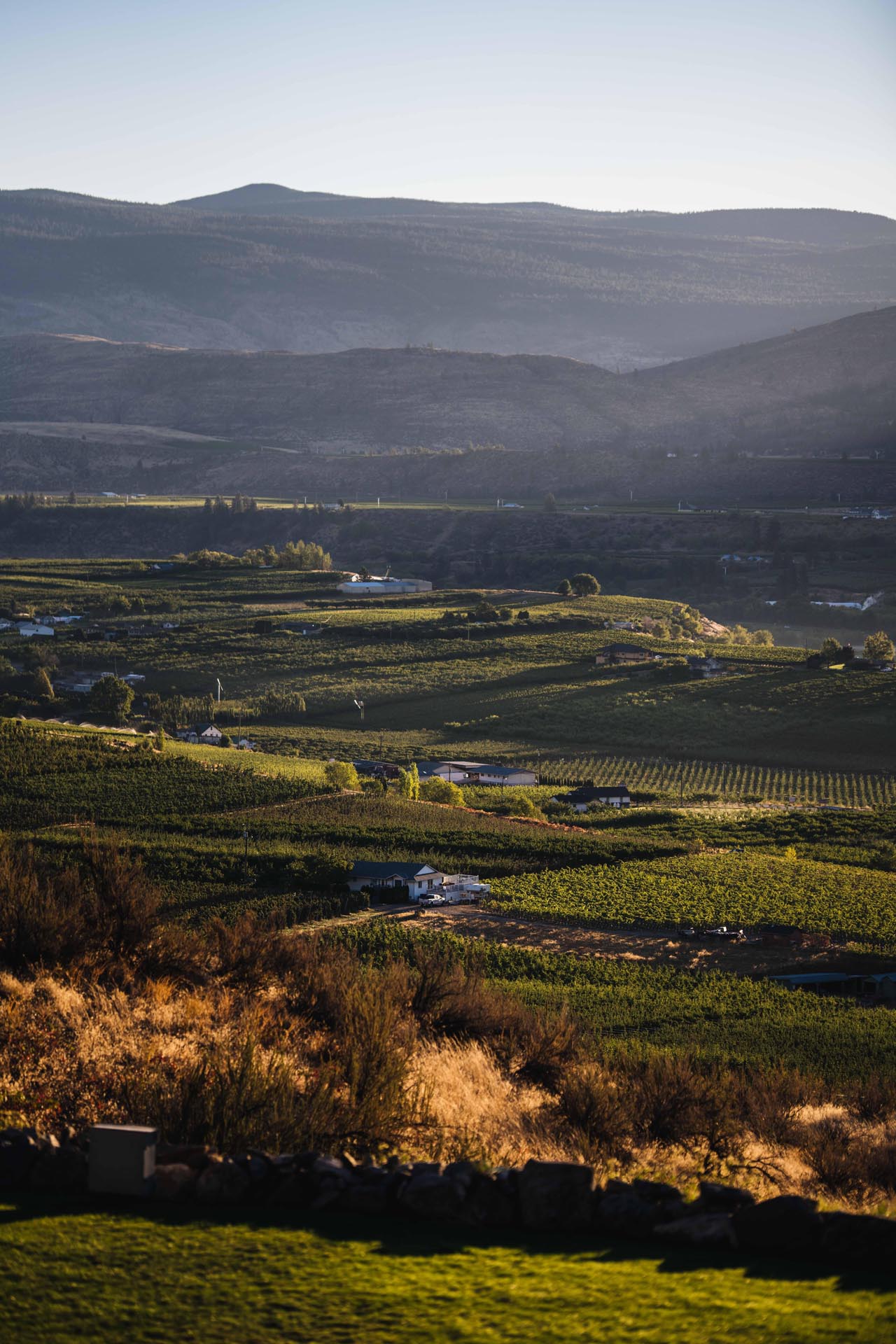
Over 30 Years of Winemaking on the Golden Mile
Tinhorn Creek was born from the shared dream of the Shaunessy and Oldfield families to create wines with purpose and soul. They recognized that extraordinary wines only come from extraordinary soil. That took them to the Golden Mile Bench in the South Okanagan.
In 1993, they started with just a few acres of vines. It grew organically as they recognized the potential. Today, we are grateful to cultivate some of the finest vineyards in the South Okanagan, with estate plantings on both the Golden Mile Bench and Black Sage Bench. Despite the close proximity of these two renowned sub-regions, the differences in soil, microclimate, and sun exposure result in remarkably distinct wines.
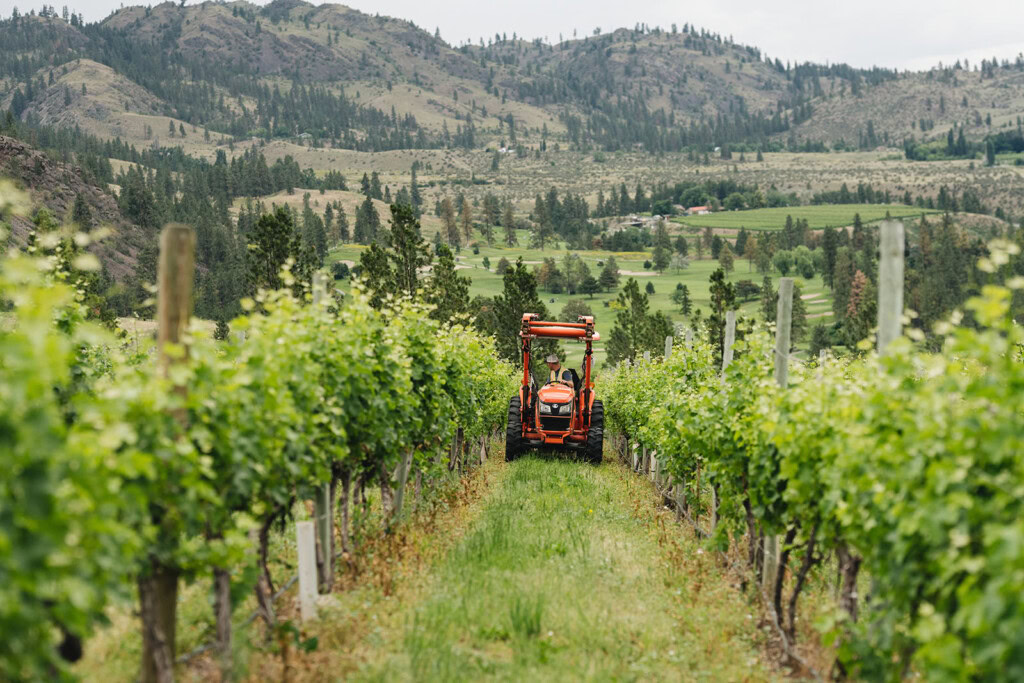
Tinhorn Creek Vineyard
Tinhorn Creek led the drive to recognize the Golden Mile Bench as British Columbia’s first official sub-appellation in 2015. Named for its exceptional growing conditions and historical ties to gold mining – you can hike our Golden Mile Trail and explore for yourself – our 50-acre Tinhorn Creek Vineyard is the first to capture the gentle morning sun while Mount Kobau provides shade from the intense late afternoon heat. This unique microclimate in combination with complex, gravelly soils, result in structured, mineral-driven wines that balance ripe fruit with fresh acidity.
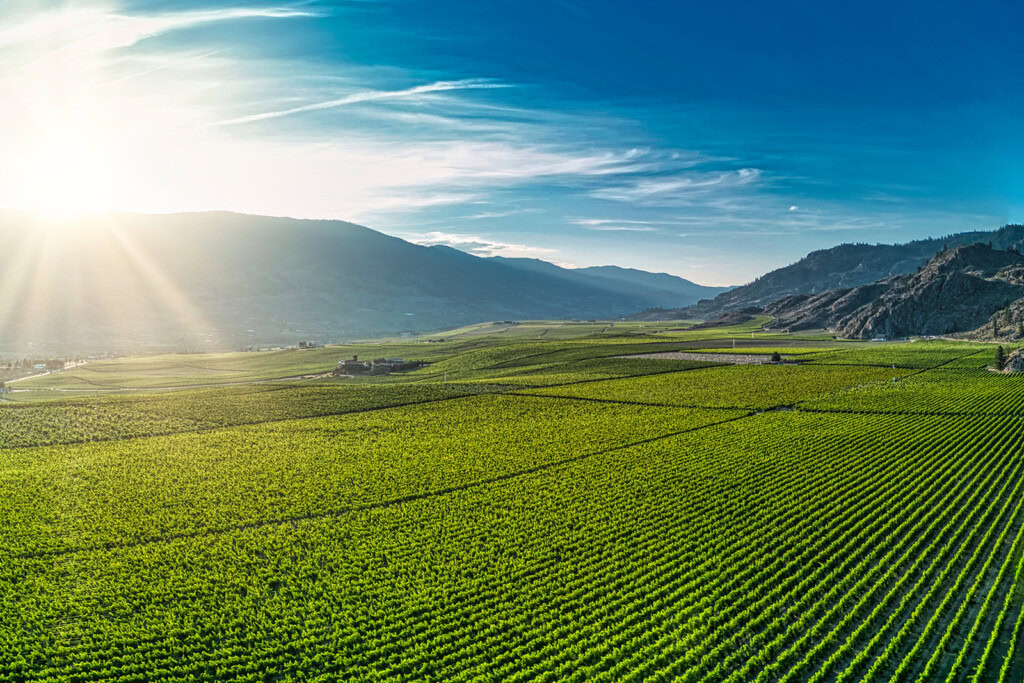
Diamondback Vineyard
The Black Sage Bench is across the valley in the foothills of the Okanagan Highlands. Our 100-acre Diamondback Vineyard basks in the late afternoon sun, benefiting from a high elevation, westerly exposure that provides an additional two to three hours of sunlight per day. With well-draining, sandy soils, the vineyard yields incredibly small berries, producing wines with remarkable concentration and complexity, showing bold, opulent fruit.
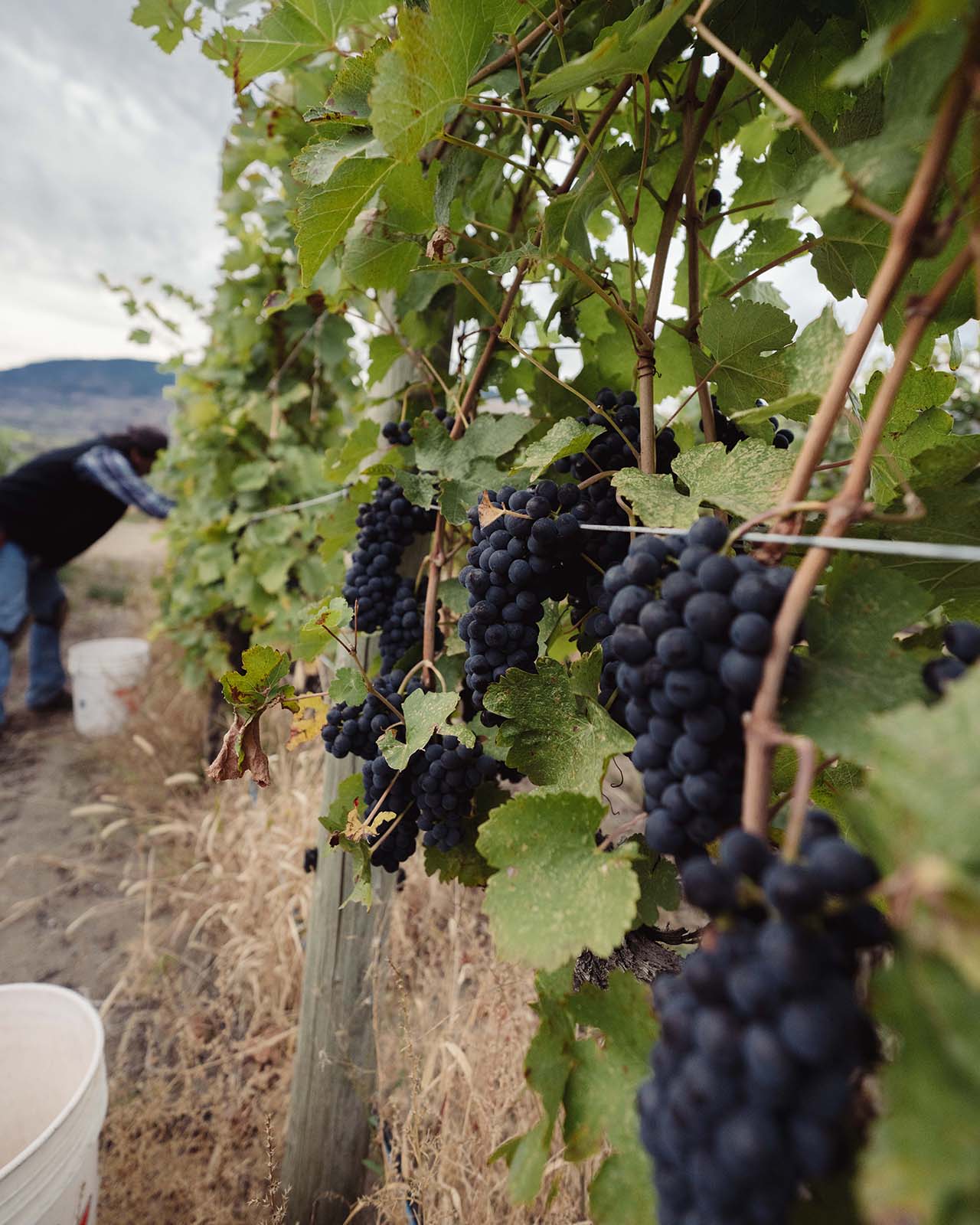
Our Commitment to Sustainability
We work in harmony with nature to minimize our ecological footprint, becoming Canada’s first certified carbon-neutral winery in 2007. We plant varieties where they naturally thrive, ideally suited to each contour of the vineyard. Then, we farm them in ways that respect every element of nature, mindful of the entire ecosystem – including our community. That’s why we’re Certified Salmon Safe (2013) and a member winery of Sustainable Winegrowing BC.
For us, being stewards of this spectacular benchland means working in harmony with nature and farming in ways that not only nurture but also give back to the environment. Our initiatives include a long-standing partnership with The Land Conservancy to protect sensitive areas, experiment with new initiatives, and reintroduce natural species where they have been depleted.
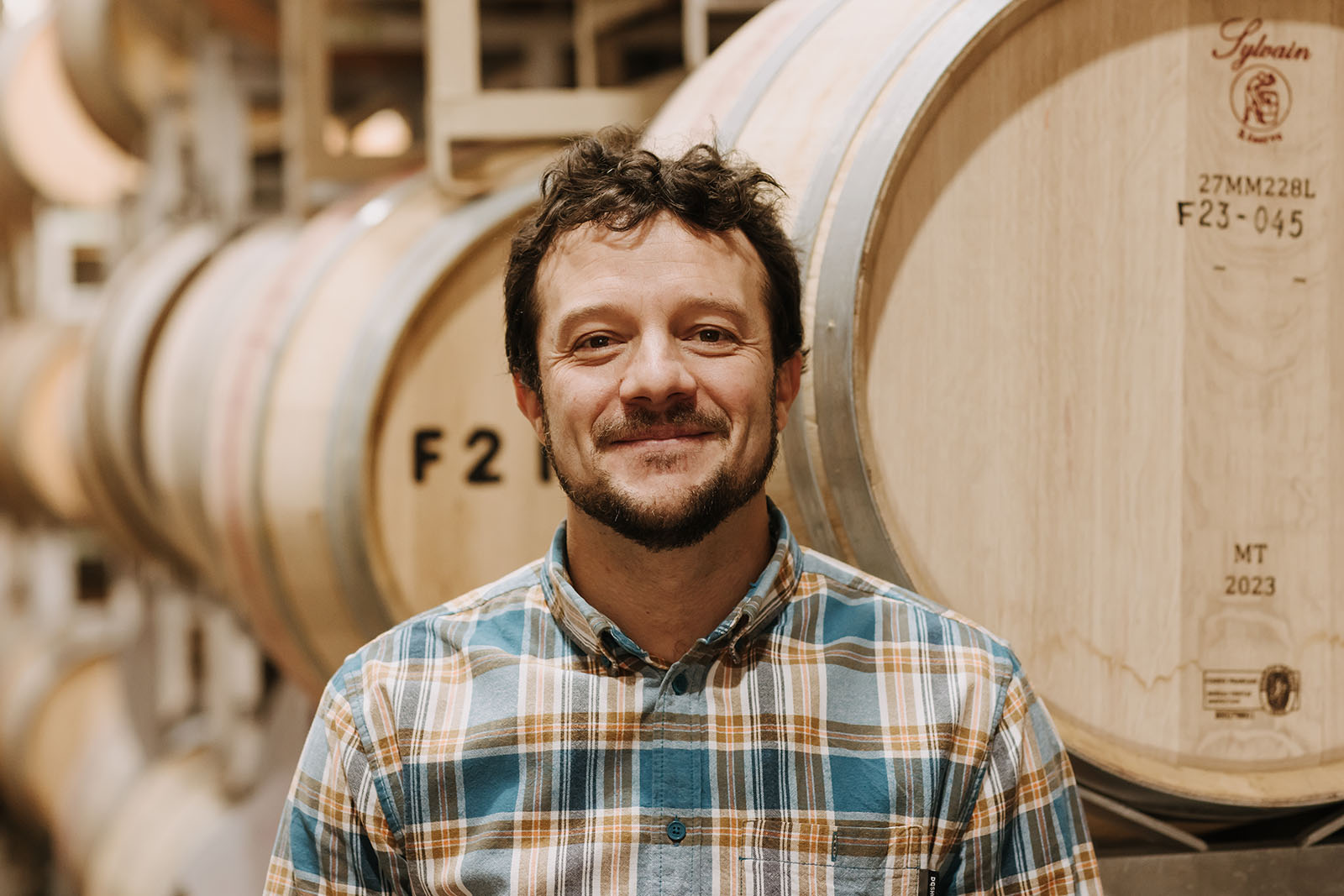
Our Winemaker, Leandro Nosal
Leandro Nosal grew up in Mendoza, one of the world’s Great Wine Capitals, where his passion for winemaking and viticulture began. His belief in low-intervention winemaking has taken him around the globe, gaining experience in France, New Zealand, and with renowned producers like Pernod Ricard and Grupo Penaflor. With degrees in agricultural engineering from the Universidad Nacional de Cuyo and a Master’s in viticulture and oenology from Montpellier and Torino, Leandro now leads winemaking at Tinhorn Creek Vineyards, excited to showcase the unique character of the Southern Okanagan in every bottle.